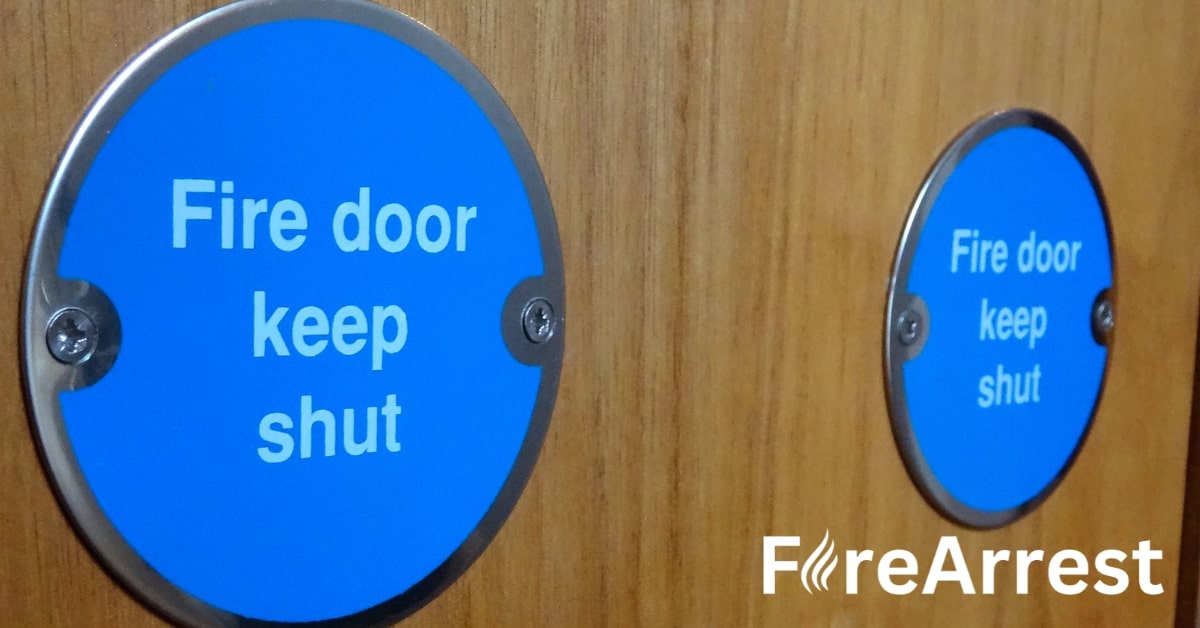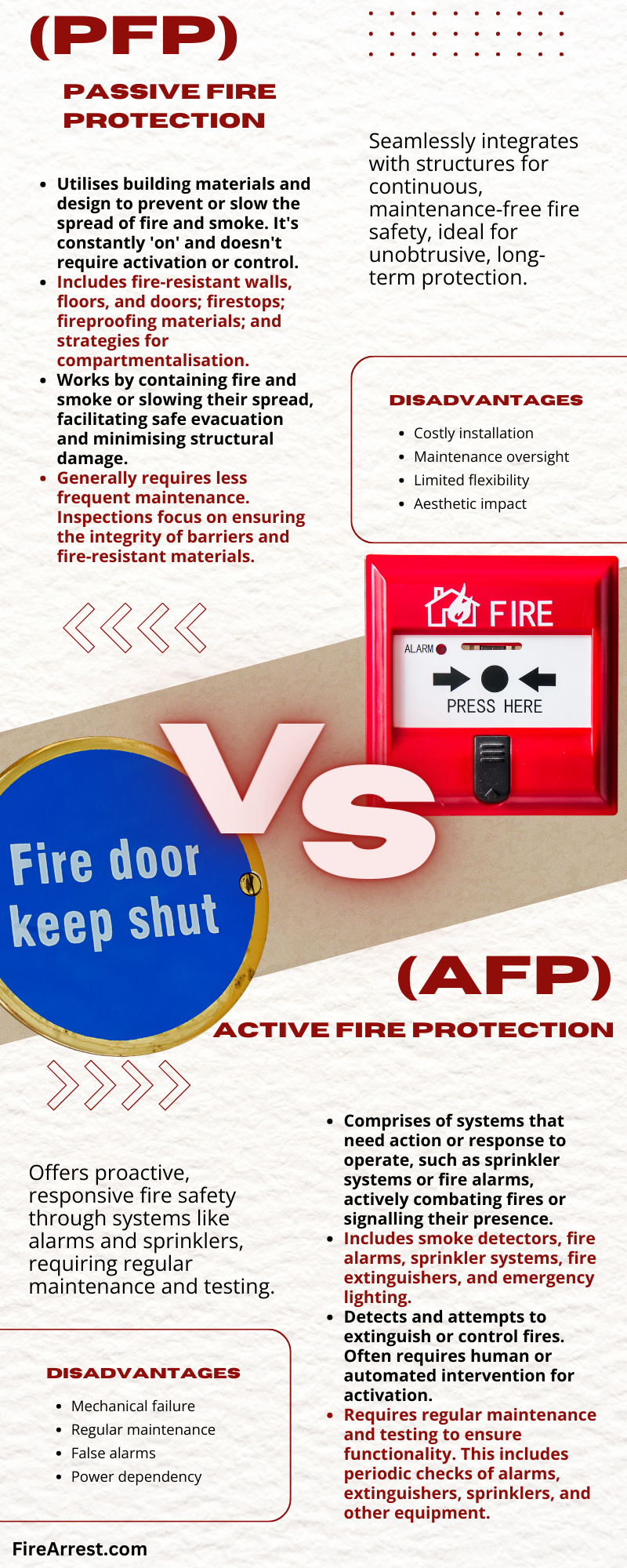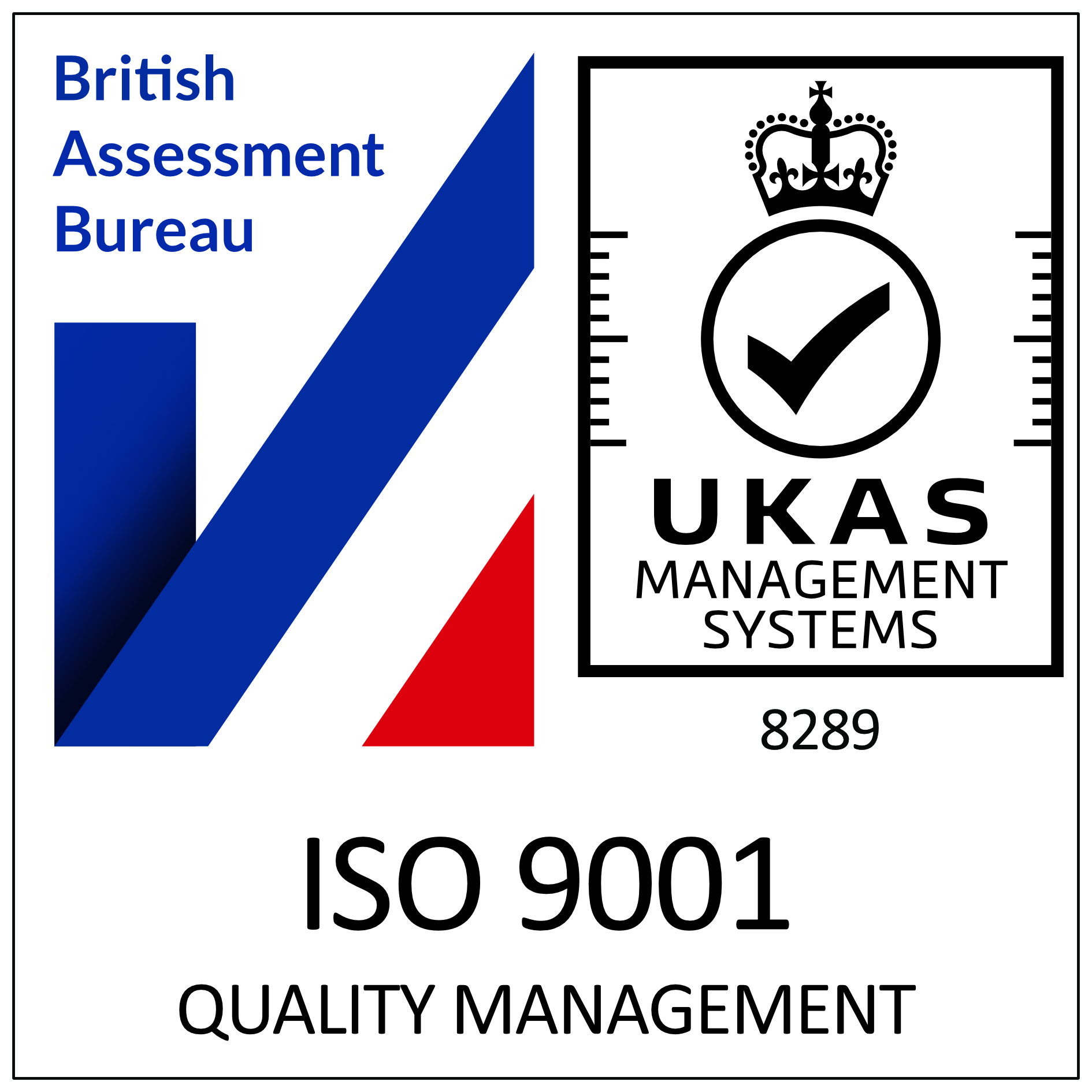Fire protection is a critical aspect of building safety, playing a pivotal role in safeguarding lives and property. In the event of a fire, the measures in place can mean the difference between minor damage and catastrophic loss. This importance is magnified in densely populated or high-risk environments, such as residential buildings, commercial spaces, and industrial sites. Understanding the difference between passive and active fire protection systems is essential for architects, builders, property managers, and occupants alike.
At the core of fire protection strategies are two key concepts: Active Fire Protection (AFP) and Passive Fire Protection (PFP). These systems, while distinct in their operation and function, are complementary and equally vital in creating a comprehensive fire safety plan. This article delves into the differences between AFP and PFP, exploring how each contributes to overall fire safety and the crucial role they play in emergency response and fire management.

Understanding Active Fire Protection (AFP)
What is Active Fire Protection?
Active Fire Protection refers to systems that actively intervene in the event of a fire. These systems require some level of action, either manual or automatic, to work effectively. The primary purpose of AFP is to detect, suppress, and help in extinguishing fires, thereby minimising damage and providing time for occupants to evacuate safely.





